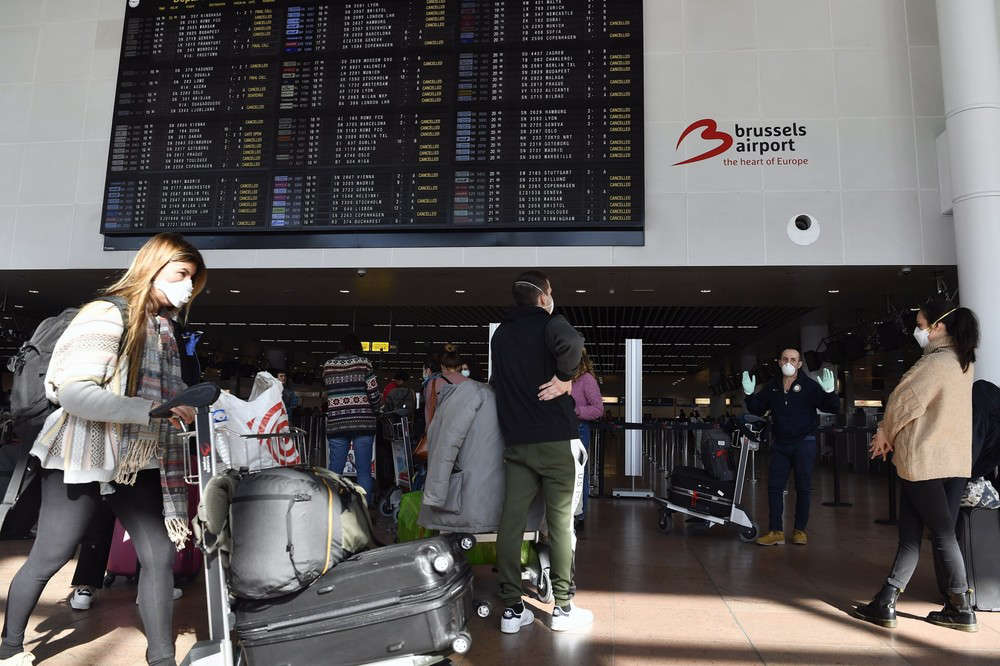Belgium has coloured orange on the coronavirus map of the European Centre for Disease Prevention and Control (ECDC) in Friday's update of the map, during which it adjusted the conditions for all colour codes.
To colour orange, the incidence rate (which shows the number of cases per 100,000 people) between 75 and 200 is needed - Belgium's incidence is currently 112.3 according to the latest Sciensano figures - and a positivity ratio between 1 and 4% - in Belgium, this lies at 2.2%.
The coronavirus situation is rapidly improving, and if infections continue to fall at this rate, Belgium could reach an incidence of fewer than 50 cases per 100,000 inhabitants by 29 June, which would result in it colouring green on the European map by the end of this month, interfederal Covid-19 spokesperson Yves Van Laethem said during the weekly Crisis Centre press conference.
Neighbouring France is also almost completely orange on the new map, whilst most of Germany and Italy are now green, and the Netherlands is red.
The European colour codes are an indication for the EU member states to impose conditions on returns to or arrivals from countries, such as obligatory quarantine or submitting negative tests. The change from red to orange for Belgium means that these rules become less strict.
Related News
- Two free PCR tests for travel available from 28 June
- Covid travel certificates could result in large airport queues, European Agencies warn
- Over 650,000 people already registered for Belgian travel certificate
From 1 July, the EU Digital Covid Certificate for travel will be implemented across the European Union, which means travel between EU countries will become easier and the entry requirements will become slightly less strict.
The certificate, which will be issued in digital (QR code) and paper format, will show that a person has been fully vaccinated against the coronavirus, has a recent negative PCR Covid-19 test, or recently recovered after infection, indicating immunity, and will exempt holders from restrictions like quarantining.
The travel map will remain relevant when looking at entre requirements for people who rely on a negative test result to travel. When travelling from dark red areas, they must be in possession of a negative test certificate and must quarantine or self-isolate upon arrival.
The same measures will be applied to areas where the epidemiological situation in a region deteriorates rapidly, in particular, due to a high prevalence of variants of concern or interest. Member states can trigger an emergency brake for such areas.

